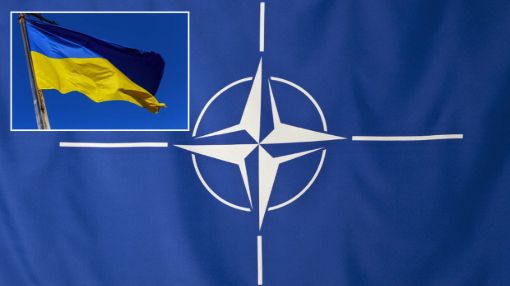New Delhi – The Indian Air Force has castigated Pakistan. Pakistan had claimed that they incurred no losses in the Balakot attack as they tried to save their face before their supporters and the international media. The Indian Air Force submitted satellite images of the air attack site which demonstrated its state before and after the strike. The presented imagery shows the IAF strike was precise and that the base suffered significant losses. However, international media were claiming that the attack was ineffective as the roof of the building was intact. Nevertheless, explaining the working of the ‘Spice 2000′ smart bombs used in the attack, Indian analysts are pointing out that they cause destruction inside the building rather than blowing away the roof.
On 26th February, the Indian Air Force pounded the Jaish-e-Mohammed base at Balakot inside Pakistan. The IAF and the government said that the attack was hugely successful. Even so, Pakistan was in denial of the Indian success and attempted to cover up its failure, stating that nothing happened in the area.
 The international media also supported Pakistani claims. Many published the satellite imagery of the attack site at Balakot and stated that there was no damage to the ‘Jaish’ training centres as also that the building was still standing. Based on the ‘so-called’ evidence, the Pakistan government, military and media began their propaganda against India. They started claiming that India was attempting to prove its heroism based on a lie. Earlier, Pakistan had taken a similar stand even after the 2016 Surgical Strikes.
The international media also supported Pakistani claims. Many published the satellite imagery of the attack site at Balakot and stated that there was no damage to the ‘Jaish’ training centres as also that the building was still standing. Based on the ‘so-called’ evidence, the Pakistan government, military and media began their propaganda against India. They started claiming that India was attempting to prove its heroism based on a lie. Earlier, Pakistan had taken a similar stand even after the 2016 Surgical Strikes.
The IAF has put all these speculations to rest by disclosing the imagery from a military satellite. The IAF’s Mirage 2000 fighter jets used the ‘Smart, Precise Impact and Cost Effective’ – SPICE precision laser-guided bombs for the attack. The missiles hit the target accurately and caused the desired impact. Also, the SPICE 2000 is ammunition recognised as a bunker buster bomb. The bomb has a penetrative warhead known to hit the targets with precision even in adverse weather conditions. The photographs display the breach in the roof of the building. The weapons are said to have penetrated the rooftops, but not much damage is claimed to have been caused pointing at the condition of the remaining parts of the roof. The analysts have, however, rebuffed the claim altogether. “The bomb is capable of penetrating the roof and causing destruction internally. Therefore, there is no possibility of survivors in the building after the attack”, Indian analysts have claimed.
Despite that, no dead bodies were found at the location as the Pakistan Army cordoned the area off and evacuated the camp in a brief amount of time. The ambulances arrived at the site immediately, and the Pak Army seized the mobile phones of the ambulance staff. Notably, the eyewitnesses informed foreign reporters that they saw many dead bodies lying in the area.
Click below to express your thoughts and views on this news:
| https://twitter.com/WW3Info | |
| https://www.facebook.com/WW3Info |










